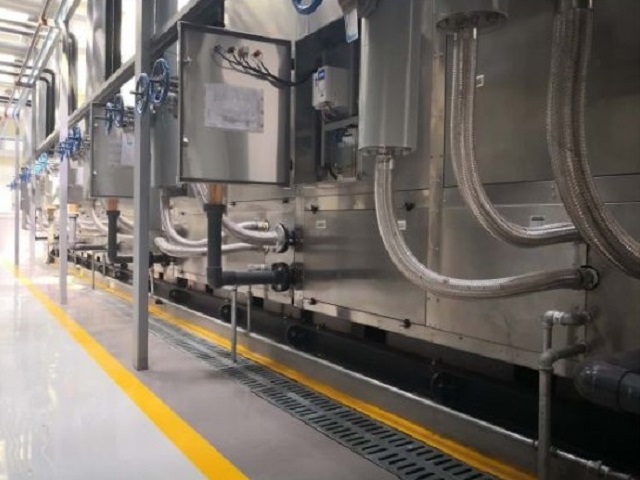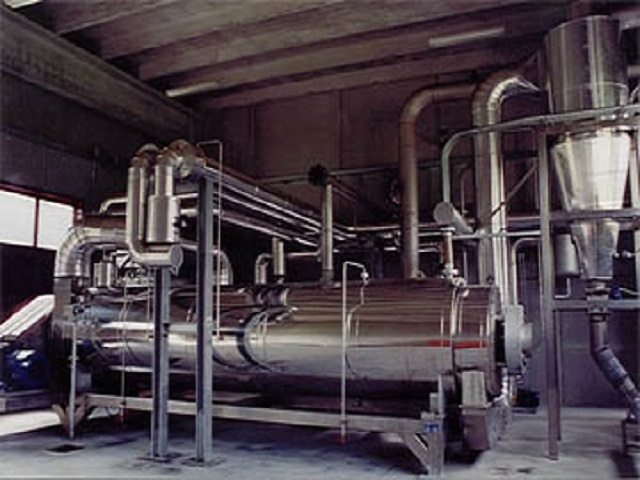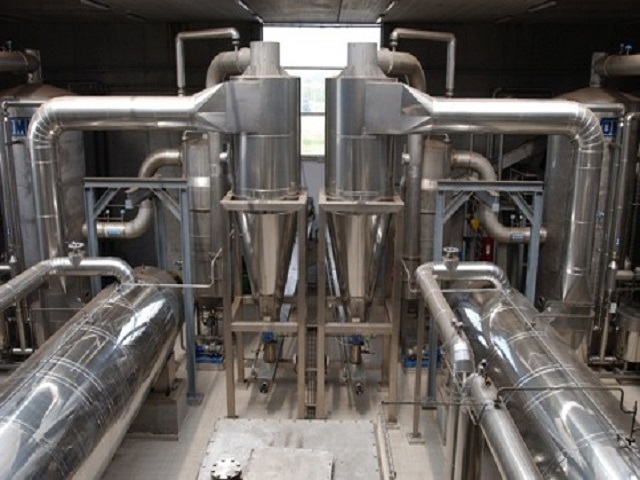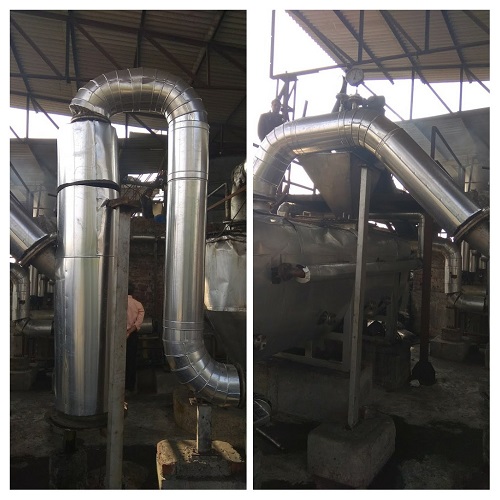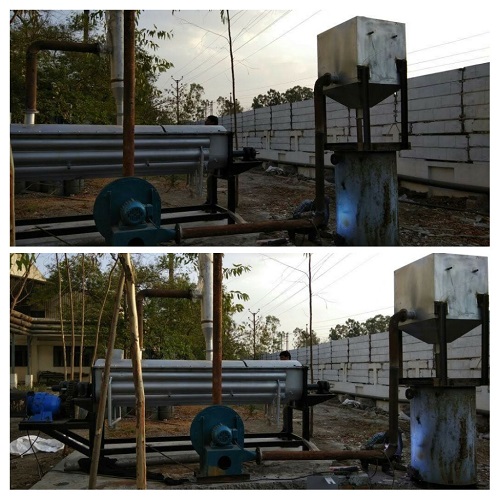Sludge Drying Systems or Sludge Dryers
Kerone Engineering Solutions Ltd. is a leading company in the provision of advanced industrial heating, drying, and process solutions of engineering globally. Having more than 50 years of expertise, we are experts in designing, producing, and delivering custom-made, state-of-the-art systems to meet the ever-changing requirements of the industries across the globe.
We have been involved in engineering excellence, sustainability, digitalization, and technological innovation to become a reliable collaborator whose business partners are in various industries. Kerone will implement Artificial Intelligence (AI), Machine Learning (ML), and Internet of Things (IoT) technologies in our systems to ensure smarter automation, real-time monitoring, predictive maintenance, and process optimization that is data-driven, thus enabling our clients to be more productive, efficient, and reliable.
The Kerone systems are designed to meet Industry 4.0, which leverages AI-powered analytics and IoT connections to provide clients with data insights and intelligent automation to manufacture next-generation products.

Sludge waste disposal is the need of many organizations producing these wastes being in line with the norms of the regulatory bodies. Disposal agencies charge in Kgs and pounds as per the local standards. However, approximately 80% of these sludge is water so indirectly you are paying to pick up water which can be dried to save sludge hauling and disposal costs. Handling and storage of dried sludge are easy and all further disposal is easy. The dried product produced out of drying sludge can be used as fertilizer and/or biofuel in some cases.
Sludge Drying systems designed and manufactured by Kerone are designed to fit for small, medium, and large quantity sludge generators. Drying systems can fit under the filter press for direct loading or can be located on remote locations within the plant. At the time of the thermal drying of sludge, almost all water is evaporated, including surface, capillary, and cell water. Supply of heat is needed, if possible from mutual power and heat generation systems. A great portion of the drying heat is recovered from the exhaust and re-circulated.
The sludge is dried by the heated liner of our unit while it is broken-up and circulated by our spiral blade system.
The dryer liner uses indirect heat sources from steam, electric strips, or gas fire. Our preheated airflow system draws the moisture off the top of the internal dryer and out through our wet scrubber system. After typically 4-6 hours of drying time (depending upon the type and wetness of the sludge) the dried material is removed by simply opening our discharge panel underneath our units for gravity discharge into a container.
Another option is to include a conveyor auger to move the sludge to an elevated container. You have options depending upon your particular space requirements or restrictions.
Features and advantages offered by sludge dryers:- Low-cost steam, hot water, gas fire or electric for indirect or hybrid heat source used.
- Internal parts are all made of stainless steel
- Simple and digital control panel for easy operation and maintenance
- Over-temperature protection
- Sludge weight will reduce by approximately 60%.
- The volume of sludge will reduce by 4-5 times.
- Due to weight and volume reduction, the transportation cost of sludge will reduce significantly. Also, environmental problems associated with sludge will reduce substantially
- Reduction in moisture content, the calorific value of sludge increases. This will result in efficient incineration without any additional fuel.
- High drying temperature will sterilize and deodorize the sludge.
- Wet Scrubber
- Automatic Sludge Outlet Control
- Automatic Lid Control
- Centralized Grease System
- Risers to Elevate Unit
- Discharge Conveyor System
Q1. What is a sludge drying system used for?
It reduces moisture in industrial, municipal, and wastewater sludge to minimize disposal costs.
Q2. How does a sludge drying system improve waste handling?It lowers volume, weight, and odor, making sludge easier to transport and process.
Q3. Which industries use sludge dryers?ETP plants, STP facilities, chemical units, food processing, and manufacturing industries.
Q4. Are sludge drying systems energy-efficient?Yes, modern systems use optimized heat recovery and controlled airflow.
Q5. Can the dried sludge be reused?Yes, depending on composition, dried sludge may be used as fuel, fertilizer, or construction material.
